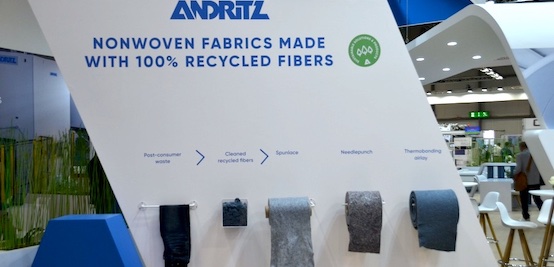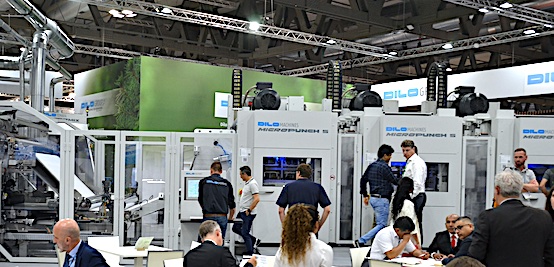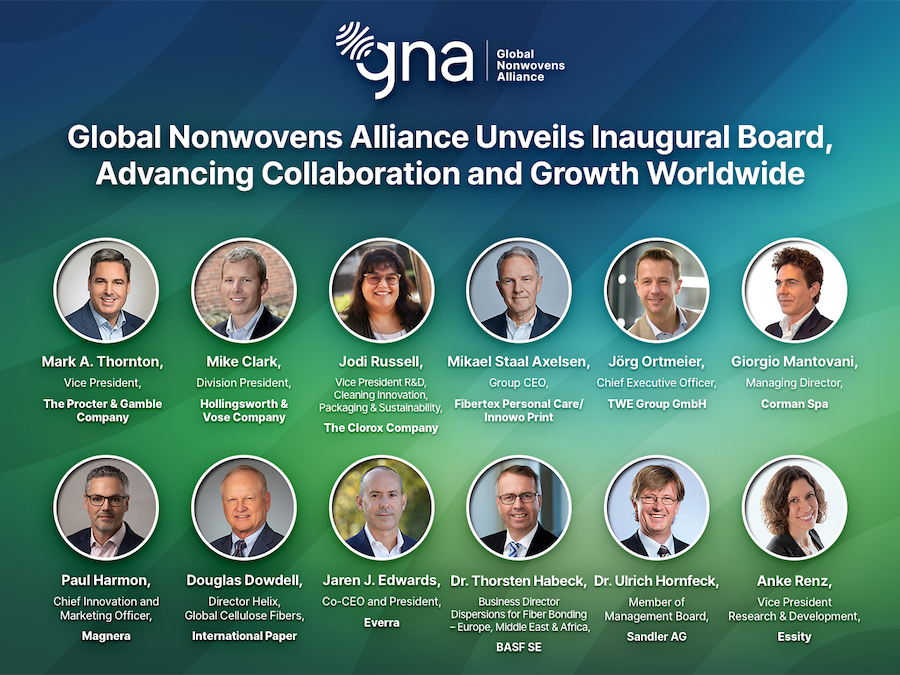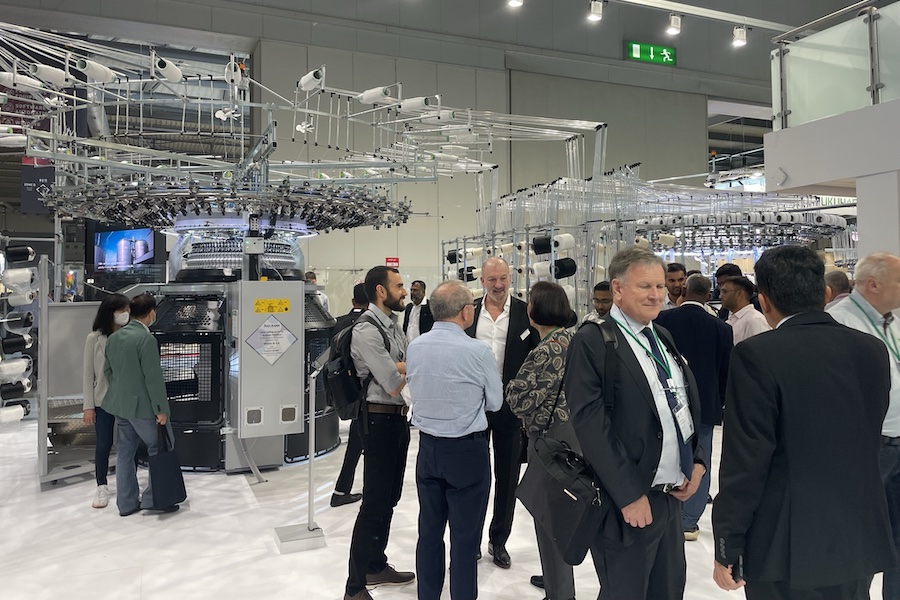#Nonwovens / Technical Textiles
Potential EU countermeasures on US fluff pulp risk driving up prices of diapers, menstrual products, and incontinence products
One such measure—targeting US-origin fluff pulp—would have far-reaching and unintended consequences. Fluff pulp, classified under CN code 47032100, is a critical raw material used in the manufacture of absorbent hygiene products (AHPs), including but not limited to baby diapers, feminine care, and adult incontinence products. These products are essential to the health, dignity, and daily wellbeing of millions of Europeans—particularly babies, women, and elderly citizens.
From the first diaper of a newborn to the pads that allow women to move through their day with confidence, to the products that restore dignity to the elderly—this material touches lives in deeply personal ways.
Approximately 90%1 of fluff pulp is used in AHPs due to its role in these products. US fluff pulp is irreplaceable because most of the global fluff pulp capacity comes from the US, and it can’t be fully replaced by other markets. Imposing duties on this material would significantly increase manufacturing costs, compounding already high inflationary pressures. The result: higher prices on essential hygiene items for those families who can least afford them.
The ripple effects would extend beyond consumers. European manufacturers would be placed at a disadvantage, facing rising input costs while competitors outside the EU continue exporting finished hygiene products into Europe without the same burden. This threatens not only industry jobs but also the long-term resilience of our production ecosystem.
The global market reality further complicates the issue:
- The United States accounts for more than 80% of global fluff pulp production. There are no alternative suppliers that can meet European demand in volume or regulatory compliance.
- Less than half of EU demand for fluff pulp can currently be met through sources outside the US.
If the proposed duties are enacted, they would not only strain household budgets but risk disrupting the supply of indispensable health and hygiene products across Europe.
EDANA calls on policymakers to exclude fluff pulp (CN code 47032100) from any countermeasure. Protecting access to essential products, supporting European manufacturers, and avoiding unnecessary hardship for vulnerable consumers must remain a shared priority.

















